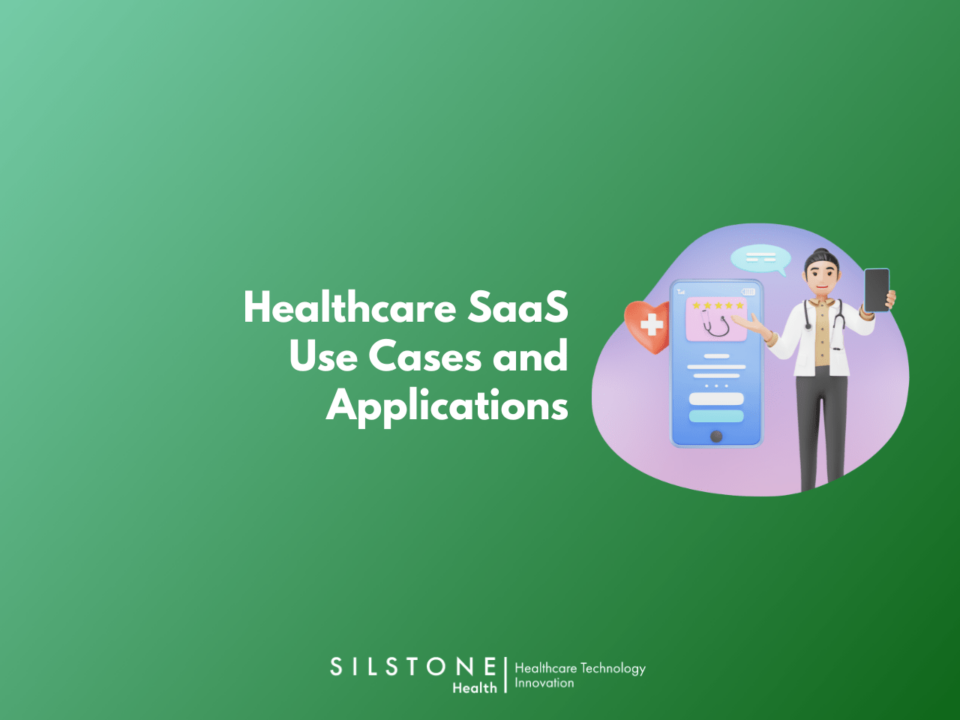
Tech Solutions a necessity to fuel the covid-19 vaccine administration
May 10, 2021FHIR and Interoperability

The COVID-19 pandemic has helped in identifying the dire need to have better interoperability of health information systems which has led to reveal new ways to use the Fast Healthcare Interoperability Resource (FHIR®) standard to share healthcare information and coordinate services. Systemic shortcomings in existing health information systems are hampering coordination of a national response for several countries.
FHIR has become a trending tech that is now extensively being used in some initial efforts to support public health efforts and has the potential to rapidly address approaches to gather data and coordinate research across the planet.
FHIR(Fast Health Interoperability Resource) pronounced as “Fire” is a data exchange technology that has become an emerging trend in healthcare data sharing due to its several benefits over the existing standards such as C-CDA(Consolidated Clinical Document Architecture), HL7(Health Level 7), etc.,
A part of the enthusiasm surrounding is due to its simplicity of the technology. It is based on a modern web services approach which makes it easier for systems to exchange very specifically, well-defined pieces of information, rather than sharing the entire document as is in the case of C-CDA, which is designed to transfer the entire document even if only a single piece of data is required.
It also allows access to smaller data elements that are not included in some clinical documents that help in better analysis of data. This major change embodied in FHIR is a fundamental move away from the traditional doc-centric approach to the data-level access approach through APIs which allows more innovation in the health-tech industry by increasing patient management through innovative applications.
It opens a vast pool of innovative solutions focusing on VBC(Value-Based Care) healthcare approach. For example, An app might be created to remind patients to take certain medications at the right time, thereby easing patient management. The open Internet standards utilized by FHIR will make a personal health care “account” work much like any other secure app.
These technical capabilities provide the opportunity for a plug-and-play platform that is conceptually similar to the Apple app store. FHIR allows developers to create new and innovative apps by using Public APIs and following a well-defined set of rules. In this sense, the interface represents a true app store approach to healthcare data and interoperability.
Health industry leaders and policymakers are increasingly focused on driving greater interoperability between and among health IT systems. That is, as value-based health care models expand, both payers and providers need secure ways to better connect and exchange analytics and information.
Ultimately, FHIR may become a critical technology driver for increasing health care quality, increasing patient access and use of health information, and improving outcomes.
– Source: healthcareitnews.com , https://www.hl7.org/fhir/





